Research
Climate research at the U.S. Department of Energy (DOE) includes the development of ocean, sea-ice, atmosphere, land-vegetation and land-ice models. The ability to run high-resolution global simulations efficiently on the world’s largest computers is a priority for the DOE. I am the lead developer for a variable-resolution ocean model, the Model for Prediction Across Scales (MPAS-Ocean), which is a component of the DOE’s newly released Energy, Exascale, Earth System Model (E3SM). Model components must be thoroughly validated in numerous settings, from idealized domains to real-world simulations. Output is compared to the historical record of satellite and shipboard observations, and other ocean models. Applications of E3SM include the simulation of 20th-century and future climate scenarios, as well as special configurations where model resolution is enhanced in regions of particular interest, such as coastal areas, the Arctic, or the Southern Ocean.
E3SM can be run in configurations that include ocean circulation within cavities below ice shelves so that these processes may be modeled explicitly, compared against observations, and then used in a predictive sense. This will lead to a better understanding of the potential for long-term changes in ocean circulation, ice shelf destabilization and sea level rise.
Publications on MPAS-Ocean
Documentary Movies
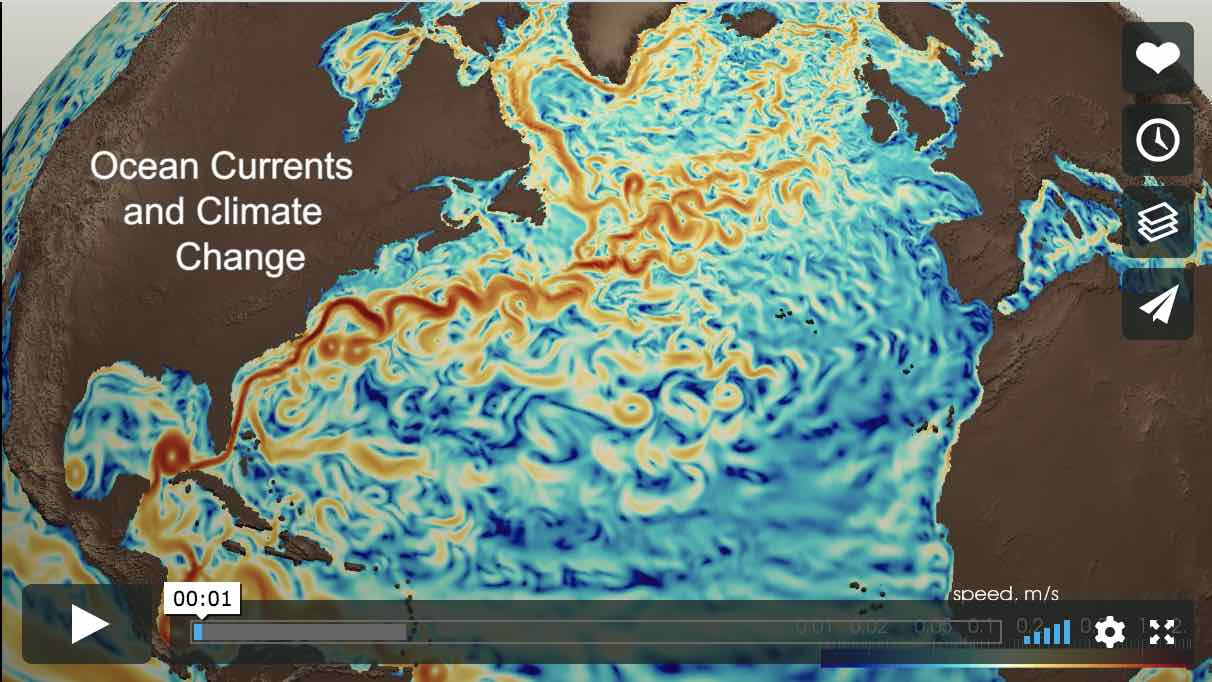
|
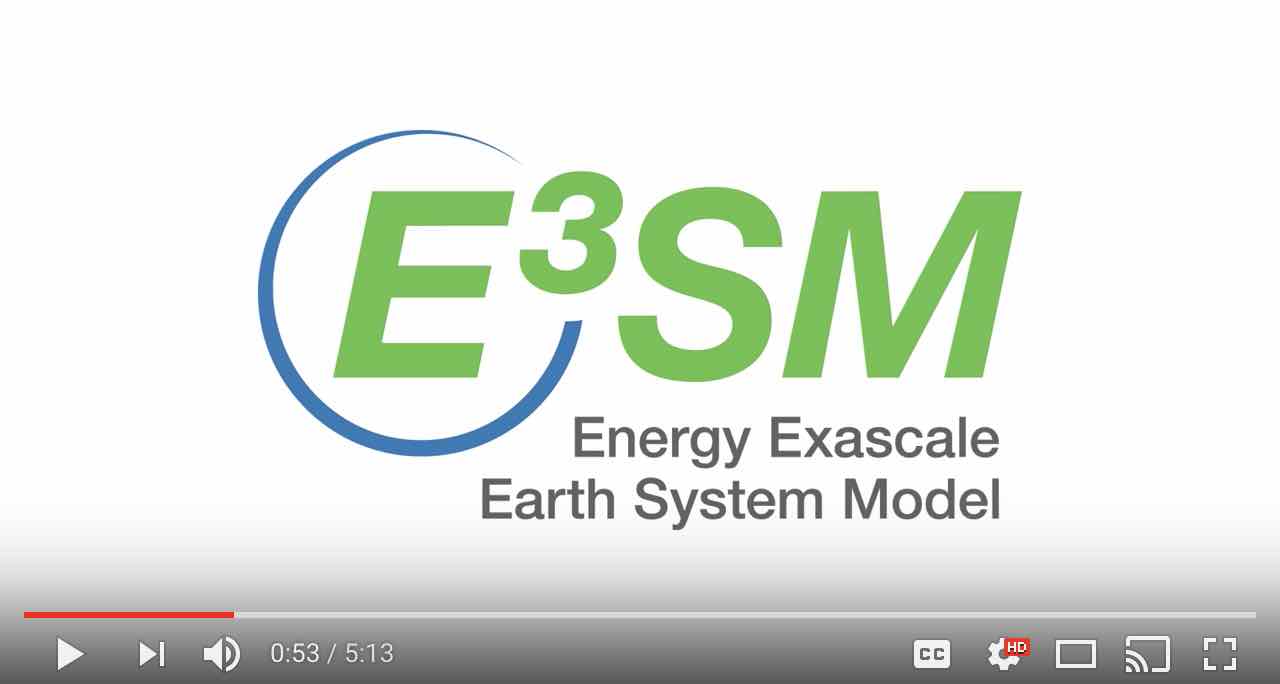
|
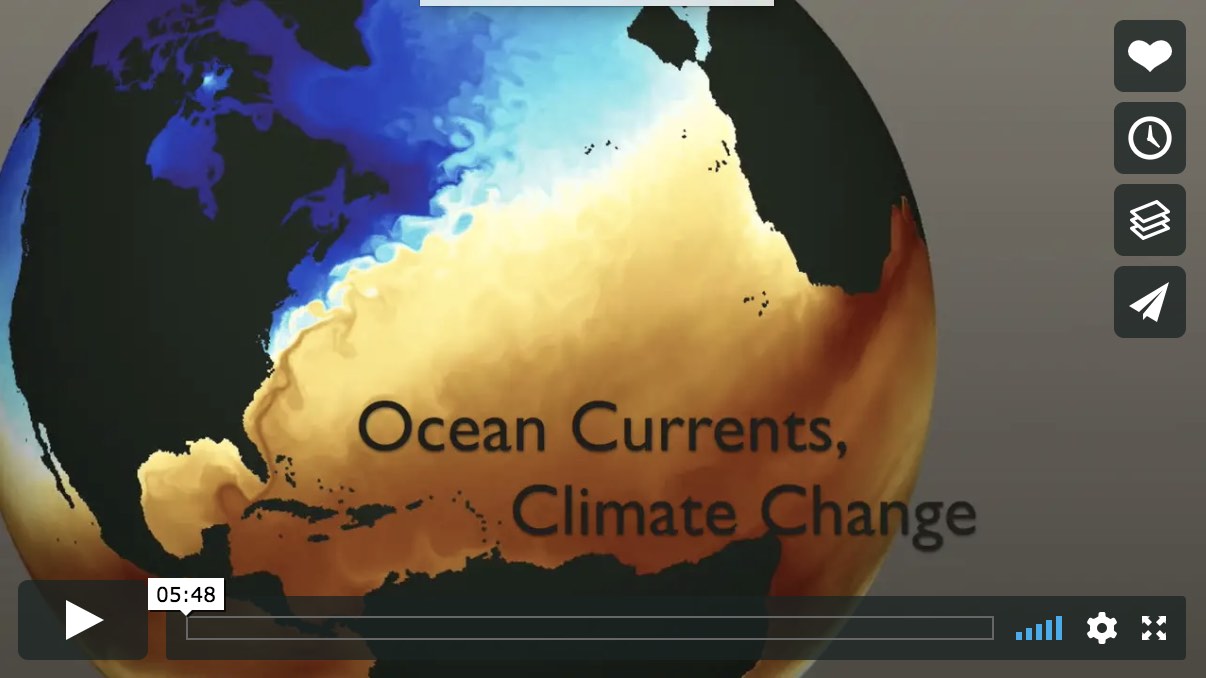
|
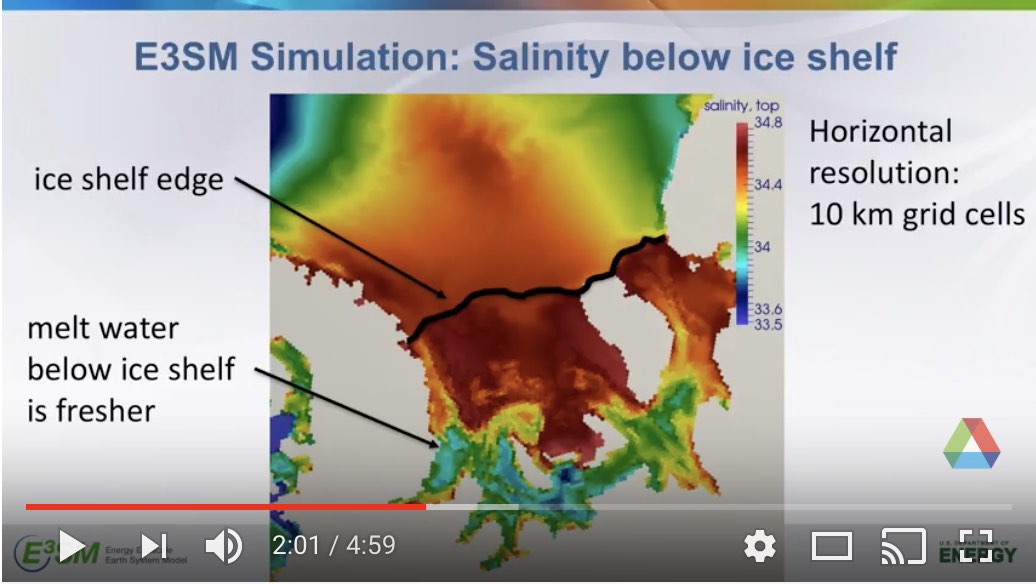
|
Images
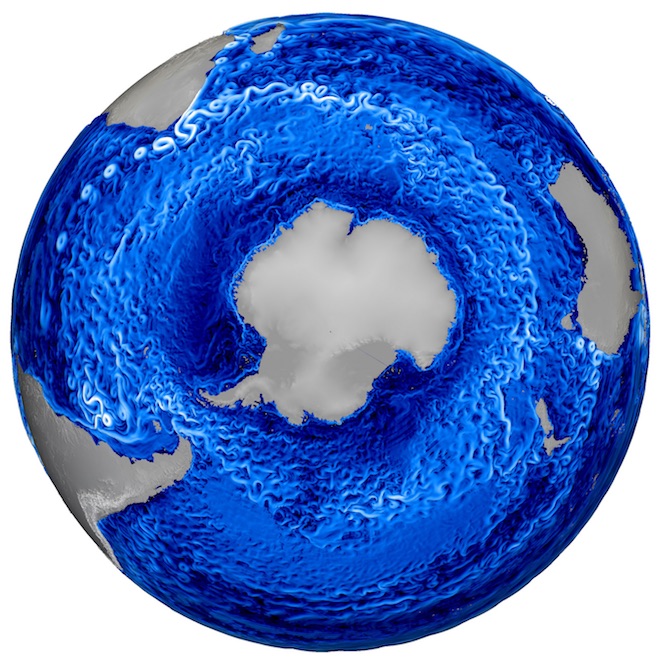
|
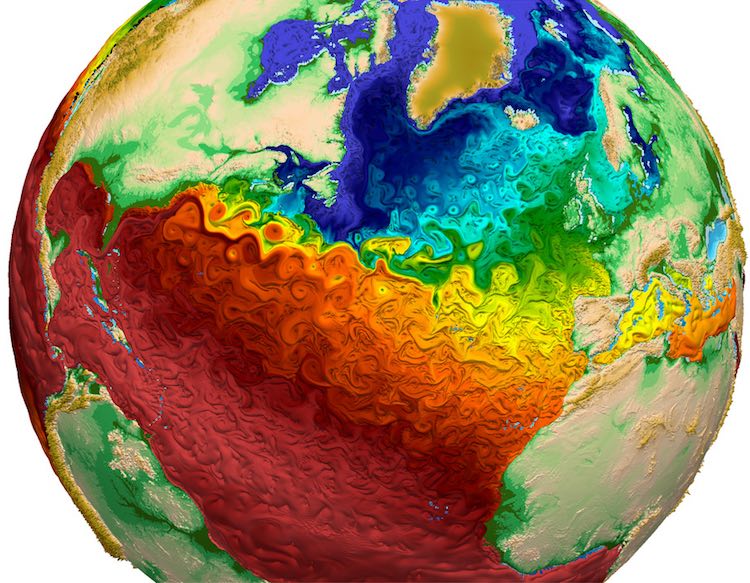
|